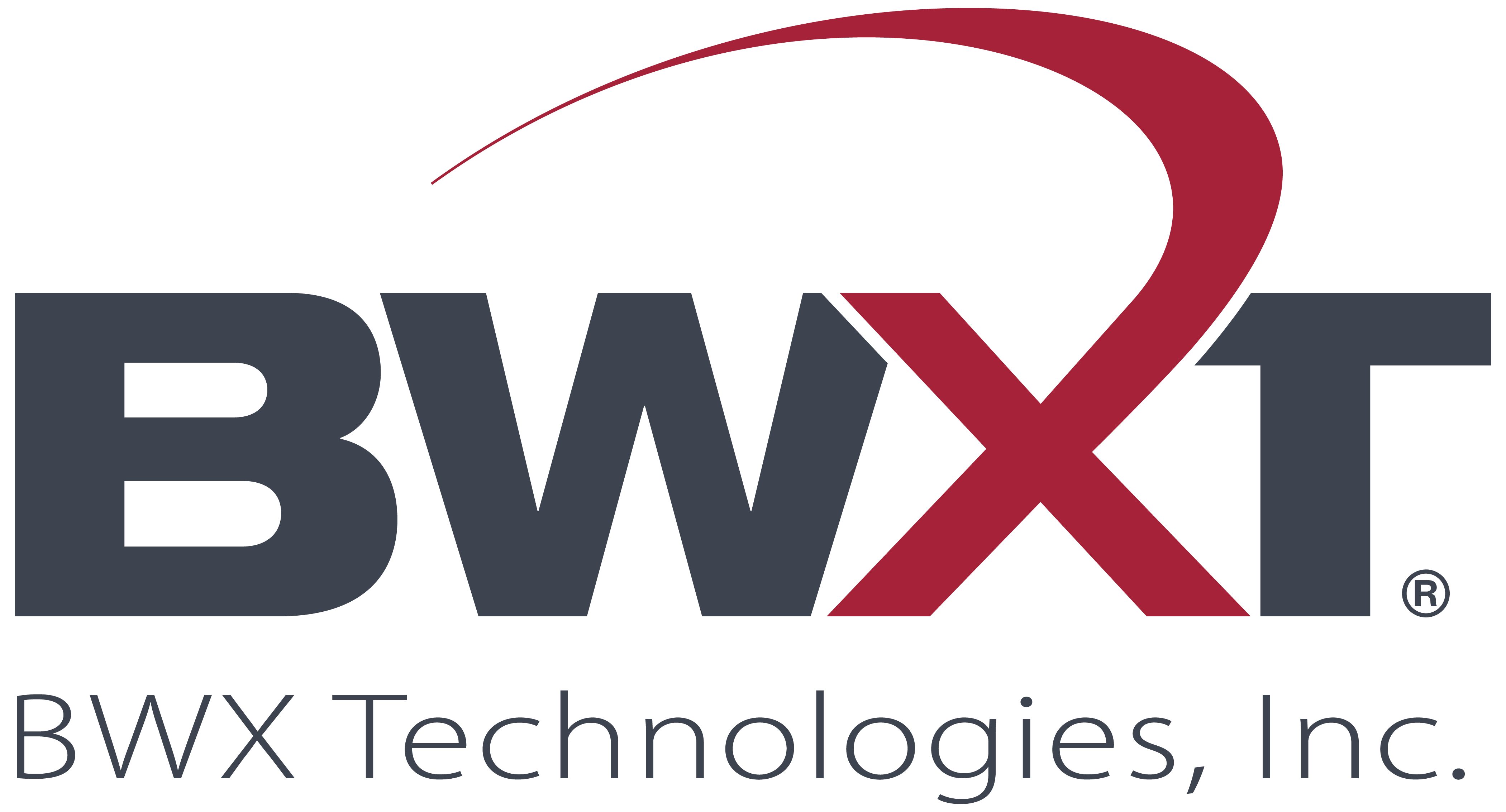The BWX Technologies, Inc. (BWXT) sludge lancing visual inspection and FOSAR equipment includes:
During inspections, a remote monitor is set up outside containment to allow for real-time viewing of the visual inspection and retrieval activities.
- Inner-tube bundle inspection camera and inspection strip, which is mounted onto the Sludge Lancing system and is used for No-Tube Lane (NTL) and inner bundle inspection
- Annulus Inspection camera, which is used to verify the cleanliness of the tubesheet annulus
- Inspection crawler for annulus and/or NTL-based inspections and retrievals at the tubesheet location
- Retrieval kit, which consists of magnetic ends, grippers and snares for the retrieval of accessible loose parts
- Delivery tubes and an assortment of guides to facilitate retrieval
- Video monitors and associated cables for viewing images
- Video recording and text overlay equipment
Annulus Inspections
An inspection camera with an integrated lighting and retrieval guide is inserted through the handholes and is used to perform inspections from different regions along the annulus. The intent of these inspections is to verify the cleanliness requirements of both the annulus as well as the in-bundle region (a minimum of five tubes deep) and to locate and identify any foreign objects that may be present.
NTL Inspections
Inspections are performed using the lancing rail as a delivery system, thus reducing the setup and removal times of this inspection. The intent of the inspection is to verify the cleanliness requirements of both the NTL region as well as the bundle region (a minimum of 10 tubes deep) and to locate and identify any foreign objects that may be present.
The inspection unit houses two cameras. One camera performs an overview inspection of the NTL region, while the other verifies the location for the delivery of the inner-tube inspection strip. The inner-tube inspection camera is encased in a urethane body with a metal tip to minimize loose parts and mitigate any tube damage in the event of tube contact. In the event that any loose parts are found in either the annulus or NTL region, an inspection report is initiated and a recommended path forward is reviewed with the customer prior to execution.
Preheater Inspection and FOSAR
Preheater and feedwater box region inspections are performed using a video probe and several delivery tubes. Retrievals are performed with the tubesheet elevation retrieval tooling.
Key Features & Benefits:
- Field-proven equipment
- Primary and secondary side correlation data management package to track loose parts
- Integration with the sludge-lancing tooling, resulting in reduced setup and removal times
The qualification of this process is performed in mock-ups and includes:
- Inspection within the tube bundle (minimum five tubes) with the objective of identifying any foreign materials as well as their locations as viewed from the annulus
- Inspection of a minimum of 10 in-bundle tube lanes on the hot leg side and 10 in-bundle tube lanes on the cold leg side can be viewed from the NTL region to assure and document that the performance criteria can be validated for the sludge lancing process prior to site execution
- Validation that the annulus region can be inspected and that retrievals can be performed in this region
- Validation that the NTL region can be inspected and that retrievals can be performed in this region

